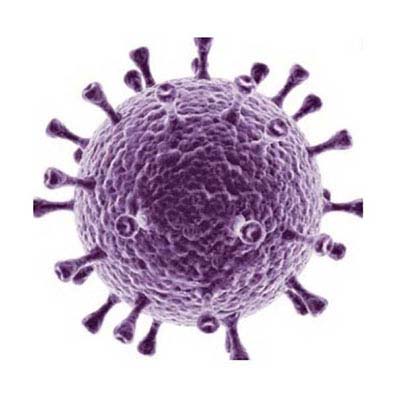By Kathy St. Martin, Jos Mottershead, Dr. Peter Timoney
Photography: Courtesy Dr. Peter Timoney
The Equine Arteritis Virus (EVA) is a ‘spike virus’ which shares some similarities with the Coronavirus. Although EVA is not a new disease, it’s one that most breeding farms are either not aware of or do not fully understand.
When it occurs, the disease often causes near-panic among horse breeders when they initially learn about it. So to reduce apprehension and concern about EVA, it’s important that breeders educate themselves about the disease and its potential economic consequences. With knowledge will come a greater degree of understanding and awareness of how to control the disease. Except for young foals, EVA is typically not fatal in the otherwise healthy individual. It does however have the potential to cause a significant, if localized negative economic impact. EVA only affects equids and is not a disease of other species, including humans.
There is often confusion about the abbreviations – EVA and EAV: EVA being the abbreviation for the disease – equine viral arteritis – whereas EAV is the abbreviation for the causal virus – equine arteritis virus. EVA is primarily a viral respiratory infection, and as such is transmitted via the respiratory route through direct contact with an infected individual. The acutely infected non-pregnant mare can shed EAV for 6-10 days via the reproductive tract and could therefore serve as a source of infection. An acutely infected stallion will also shed the virus in its semen and, if bred to a mare by natural cover, be capable of transmitting infection concurrently both by the venereal as well as the respiratory route.
To a lesser degree it can also be spread indirectly by contact with virus-contaminated tack, breeding shed equipment, and even on the hands and clothing of persons handling infective material, such as a case of EVA-related abortion, or semen from a carrier stallion. It is important for every horse breeder to have a clear understanding of the disease as it has the potential to significantly impact the breeding animal, principally as a cause of contagious abortion, and also in giving rise to the carrier state in a variable percentage of infected stallions. It is these two outcomes of EAV infection that are the source of greatest misunderstanding and panic among breeders on their first encounter with EVA.
Clinically asymptomatic?
Animals acutely infected with equine arteritis virus (EAV) can be clinically asymptomatic. A stallion acutely infected with the equine arteritis virus (EAV) may develop scrotal and preputial edema. What is often not appreciated is that the majority of horses do not exhibit any clinical signs of disease following first-time exposure to EAV. This can be a cause for major concern, as it means that horses may come into contact with other horses that are in an infectious state unbeknownst to the horse owners who clearly are totally unaware of the situation. Horses that do become clinically affected with EVA may present with any combination of the following: elevated temperature, depression, loss of appetite. They may also exhibit edema in the lower limbs, especially the hind limbs, mammary glands, scrotum, sheath, around or above the eye, lethargy, stiff movement, nasal discharge, conjunctivitis (pink eye) and a localized or generalized skin rash... To read the complete article you need to be a subscriber
CLICK HERE TO SUBSCRIBE TO BREEDING NEWS
SUBSCRIBERS CAN READ THE COMPLETE ARTICLE BY LOGGING IN AND RETURNING TO THIS PAGE




